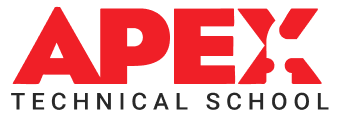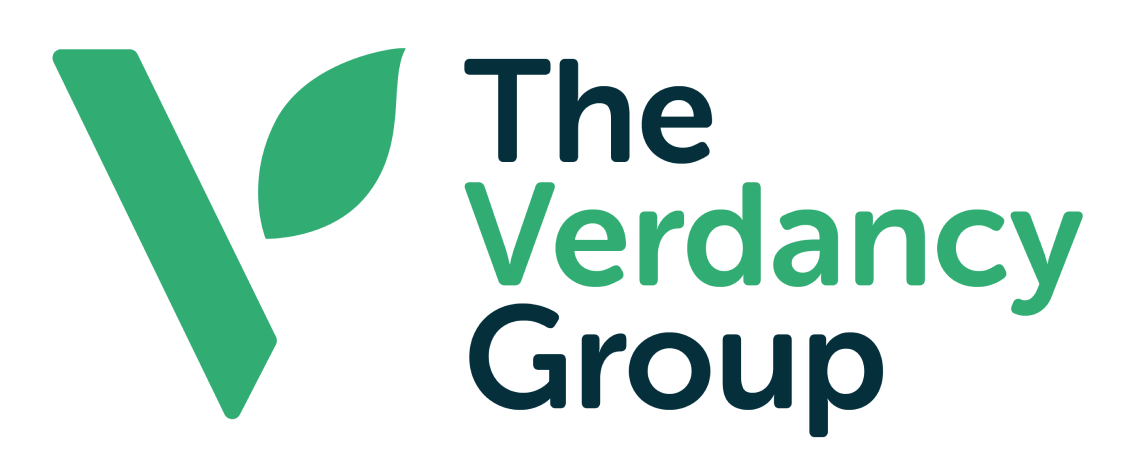Register for FY25
Full-Year Financial and Programmatic Results
Learning as an Organizational Priority

“Leadership and learning are indispensable to each other.” — John F. Kennedy
As a non-profit, to be successful, like any business, we must focus on results. Results come from creating tight systems, processes, and implementing innovative and precise interventions.
How do we make that happen?
By being students of our profession. By seeking to understand. By testing new ideas. By making learning an organizational priority.
When we recruit new staff, when we promote individuals to leaders, when we select individuals for our Leadership Academy, even when we consider new combinations, we look for curiosity and an articulated commitment to learning.
The lifespan of businesses is shrinking. The pace of change is so fast that thriving enterprises can disappear in short order—with a stroke of disruptive innovation by a nearby competitor. We must ensure that our level of responsiveness, our ability to be nimble, agile, and flexible is not just assumed, but is an articulated priority at every level of the organization.
So, what, indeed, does a learning culture look like?
- It looks like leaders inspiring a shared vision for the future and intentionally imbuing our leaders as coaches, and teachers who help every individual throughout the entire organization—at every level —understand what their role is in helping to co-create that shared vision.
I often visit various areas throughout the agency asking staff to describe their understanding of where the organization is going. This effort keeps me grounded and helps me to understand if the message is permeating into the very fiber of the agency.
- It looks like building the capacity and tools to use information to advance our work.
Fedcap has invested a significant amount of money in the last decade in technology and in training and we still aren’t quite where we need to be. In the absence of real time information an organization simply cannot survive—data must inform daily decisions.
- It looks like being able to course correct at the speed of sound when the market place changes with little warning.
The moment we are awarded a contract, we plan for the day when the contract ends. We spend a considerable amount of time thinking through the risk and rewards of our decisions. We drive toward readiness to adapt—ready for changes in market forces.
Our capacity to learn, to adapt and to innovate quickly will be—and is—our measure of success.
How do you manifest learning within your business? I welcome your thoughts.
Share on
Share on facebookShare on googleShare on twitterShare on linkedin
-min.avif)


